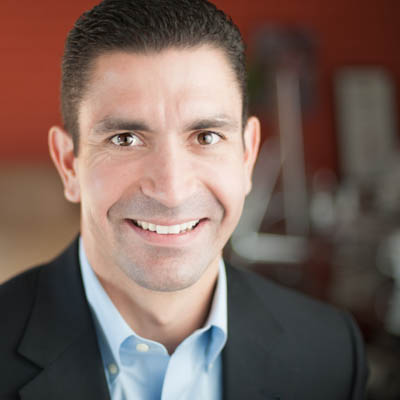Red McCombs has always been a business visionary. The founder of the Red McCombs Automotive Group in Texas and co-founder of Clear Channel Communications was also an early adopter of using the internet to sell vehicles both locally and regionally.
In 2012, McCombs teamed up with a fellow visionary, Chase Fraser, to form Fraser McCombs Capital, a company that invests in automotive technology companies. The aim is to foster firms that will change the automotive retail experience.

Tony Rimas
Fraser McCombs Capital, or FMC, has just launched a new investment fund, FMC Fund II. Tony Rimas, FMC managing partner, talked with Automotive Buy Sell Report, about lessons learned from FMC’s first investment fund, and how smaller dealers can also stay on top of emerging technologies in the automotive retail world.
“What has gone well for us is sticking to our core,” says Rimas.
That means staying very focused on companies in the automotive space with the FMC Fund II.
Officially launched on March 30 – FMC Fund II concentrates on five areas: Dealer Services and Retail Experience; On-Demand Services and Fleet Management; Intelligent Vehicle Systems; Financial Technology; and Data, Media, and Predictive Analytics.
Rimas says FMC is cautious about investing in Dealer Services and Retail Experience. The core people and processes in the retail automotive space are changing so fast, he says, “we have to be careful we don’t become yesterday’s news.”
The other areas are focused on changes Fraser McCombs sees on the retail horizon. In Financial Technology, for example, “we believe the way people pay for cars is going to change our industry, whether we like it or not,” says Rimas.
Don’t get caught flat-footed
When they launched FMC Fund I, the firm’s pilot fund, in 2012, says Rimas, “it was almost like getting a dealership for the first time. You try to stick to the strategy you had in mind, you try to stick to the automotive space.”
They did that, to some extent, and had some successes. But they also strayed a bit, such as an investment in e Supply Systems, which gathers all the vendors a business (in this case a dealership’s) works with under one system and manages them “like an apartment complex,” says Rimas.
When they invested in e Supply, dealerships were trying to recover from the 2008-2009 melt down. Then, the industry came roaring back. They were never able to get a foothold in the auto sector with e Supply, he says. Getting dealers to focus on saving money with vendor management was “really, really tough,” says Rimas.
FMC recently sold e Supply for a return of 1.7 times it’s investment, far below the desired three to 10 times return, says Rimas.
FMC Fund II is more tightly focused on the automotive sector, including the investors in the fund.
“Ninety-five percent of our investors in Fund II look a lot like Red McCombs, or a version of him,” says Rimas.
Investors include automotive sector conglomerates, automotive family funds, and dealers themselves. He would like to have a Tier One supplier as well, says Rimas.
A big dealership group such as Red McCombs has the capital to plan for the future with its investments. The same isn’t always true with smaller dealership groups or single-point stores. But they still need to be preparing for the future.
Rimas recommends that smaller dealers start doing something with some of the technologies they see in the bigger markets. Keep an eye out for those at every local dealer association meeting, NADA, or other industry gatherings large and small.
If a technology seems to be gaining traction in a first tier market, be sure to know about it before a customer shows up with it in hand, says Rimas. He mentions TrueCar, which expanded so fast dealers weren’t always ready when customers showed up quoting the TrueCar price, as an example .
“The last thing you want to do is to be caught flat-footed,” he says.











